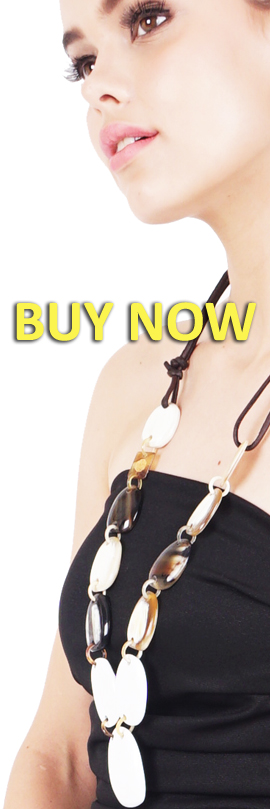What kind of impact does the beauty industry have on the environment? All types of lotions and other beauty products are now made in packaging that looks excessive, for example, given foam and silicone pads, which all have the potential to contain toxins and have a negative impact on the environment.
An environmental strategist, Professor Johan Rockström, who is the joint director of the Potsdam Institute for Climate Impact Research, talks about why the planet must be more sustainable. He said that we are currently at the point of crisis and need our participation to save that.
The Negative Impact of the Beauty Industry
Currently, there is 70 percent of the waste from the beauty industry that comes from packaging, “said Arnaud Meysselle, CEO of Ren Clean Skincare. One of Ren’s new initiatives, the first to be done in the world of beauty is to use bottles made of 100 percent recycled plastic – 20 percent from the sea in collaboration with TerraCycle, which partners with individuals, brands, and retailers to collect and sort waste that previously considered as non-recyclable.
“There are 10 rivers in the world that are responsible for 90 percent of the plastic in our oceans, eight of them are in Asia, two in Africa,” explained Meysselle. “Waste from a giant landfill filter goes into these rivers and flows into the sea. There is a lot of marine plastic, and this is a very long process to sort, with the resulting bottle costing about 15 times more than pure plastic. We were told that 10 percent of marine plastic is the most we can enter, and we make it 20 percent because we want to make a statement. ”
The Ocean Plastic bottle was made a year ago after a conversation with the Surfrider Foundation, a marine conservation group affiliated with the British charity, Surfers Against Sewage. Meysselle takes part in beach cleaning which is located about 90 minutes from LA. He and this friends managed to collect 85kg of garbage on a beach that was supposed to be ‘clean’. He said that when you look at coffee cups, straws, and understand that it takes 450 years for plastic on the beach to disappear, it will make you cry. Then the day after, the waves are back and the plastic is back again.
The new gray bottle is not the most luxurious, but Meysselle said, “This is the future. Gray is the new green. It’s not easy to really do 100 percent of things for the earth but is a great time to talk about sustainability.
The active Participation from Beauty Industry Owners
Pioneer beauty brands such as Aveda, The Body Shop, L’Occitane, Dr. Hauschka, Burt’s Bees, and Lush have been concerned about environmentally friendly packaging. One example, Lush partnered with the Ocean Legacy Foundation and used 27 tons of marine waste for product packaging.
In addition, new technology means that Firmenich’s fragrance house creates the aroma of biodegradable synthetic molecules that will not pollute the air, while others such as Givaudan, work with landowners to exchange harmful oil palm for profitable plantations. Many things can be done to keep the earth clean like plastic can be made from cane sugar or you can help female flower harvesters in Morocco with the Sana Jardin aroma house.
Beauty giants like LVMH, Estée Lauder, Unilever, and L’Oréal have published that they have led to renewal, respect biodiversity, reduce air consumption and other sustainability goals. There is even a variety of skin care, hair, and new bodies from the beauty industry by Unilever called Love Beauty and Planet whose ingredients are 100 percent vegan.







